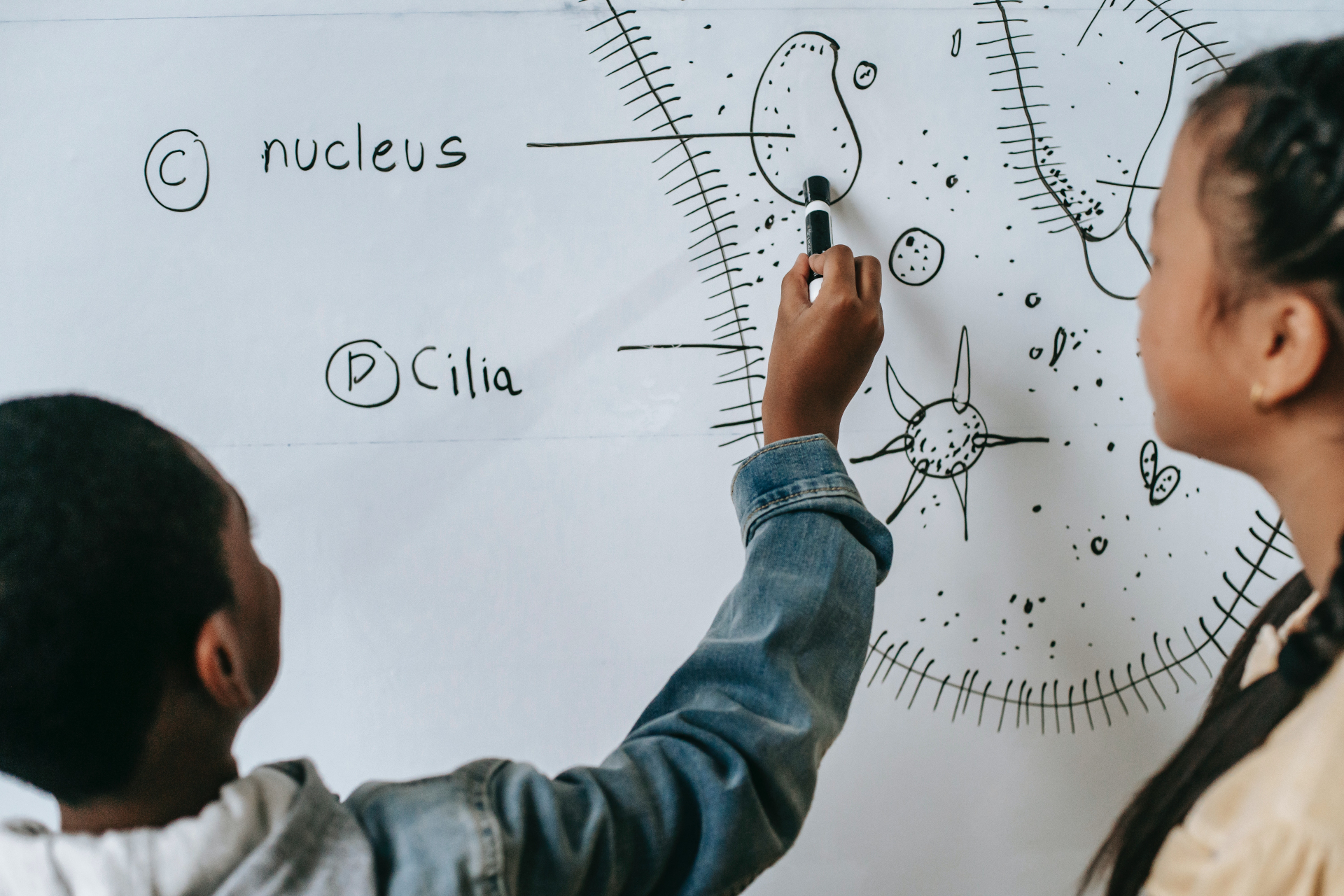Cell Structure
The makeup of a cell
 Some of the first basics that a majority of healthcare professionals learn are the Anatomy and Physiology of Cells. Cells make up the entirety of the human body, with numerous different types and structures working together to function. In this study session, we will revisit the anatomy and physiology of a Cell.
Some of the first basics that a majority of healthcare professionals learn are the Anatomy and Physiology of Cells. Cells make up the entirety of the human body, with numerous different types and structures working together to function. In this study session, we will revisit the anatomy and physiology of a Cell.
Cell structure:
The human body contains a huge range of different cell structures and designs that make up a functioning system. Generally, a cell will have 4 principal parts. These include:
Plasma membrane – This is the outer membrane that separates the internal parts from the extracellular and external environment. The membrane allows protection of the cell, contact between other cells providing receptors for hormones, enzymes, antibodies, and management of what substances can be allowed in or out of the cell
Cytoplasm – The substance which surrounds the nucleus organelles within the cell, serves as the area in which chemical reactions occur
Organelles – Structures within the cell that have different functions/actions
Inclusions – The secretions/storage products of cells which all have different functions/actions